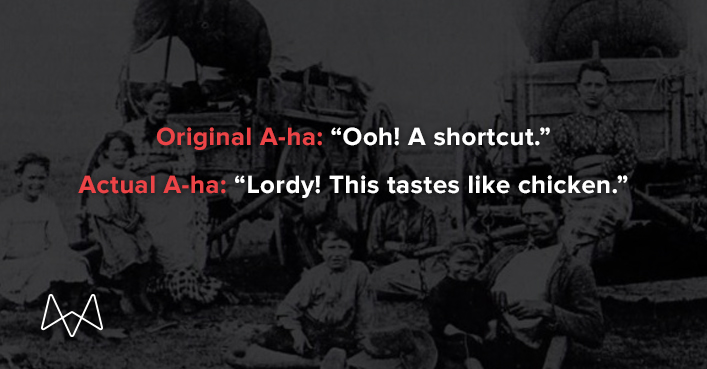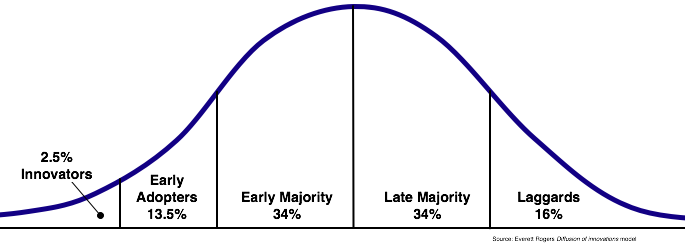(SPOILER ALERT: business buyers are human too)
Prick a business buyer, do they not bleed? Tickle them, do they not laugh? Poison them, do they not die? To further bastardize the Bard, if we are like them in the rest, we resemble them in this too.
B2B marketers take note: if you too want to make billions, a great place to start is by framing your messaging as an appeal to human nature.
It helped us shape the creation of some $16 billion in value since 2003. It will work for you too.
Here’s a three-step approach to more human-factored business communication:
1. Decide who: Your target is of flesh and blood. Emotion, gut and desire drive purchasing decisions, not job titles. So remember to understand your audience’s Psychographic profile.
Consider how well you know your target audience? What keeps them up at night. What gets them going? Are they early adopters, or of the more pragmatic mindset?
[Tip: there is no better way to profile customers than to talk to them -Ed].
2. Decide your value: Now that you know who is in your sights, you can decide what you can offer them.
Your Value Proposition should speak to what they truly want (and wants always trump needs).
An effective value proposition explains how only your product solves their problem and promises added value.
Ask yourself: What do customers get from you that others can’t provide? How you define your audience will give you clues for crafting your value proposition. But you will still need to decide what to emphasize. Even though your value proposition will likely change as the market matures and the product becomes more widely understood, maintaining differentiation requires choices and focus.
And the dirty little secret about focus is it means that only some people are in the tent while most are not.
3. Give them three Careabouts. We like our things in threes. Threes are easy to remember. Easy to use. And necessarily focused.
So give your target three things to expect of your offering—three powerful whys. And back up each of the whys with compelling and clear Reasons to Believe.
Boil them down like this: Many squeamish and concerned homeowners (the psychographic and demographic profile) turn to “Mouse Killing Machines” (MKM) to kill vermin infesting their homes so they can have a mouse-free and safe home with no harmful chemicals needed (value proposition).
So MKM wants to point out how lethal their solution is to all pests (careabout #1), compared to say cats, which often deliver prey that is still, well, twitching (a compelling Reason to Believe). Others MKM customers want a smart and easy way to keep mice and other vermin from entering their home–and that can be adjusted based on conditions. So MKM says it can be optimized too (careabout #2). And MKM customers indicate some level of concern that mice-killing poison could harm their pets or children. So MKM points out that ridding your home of pests means it is more actually safe (careabout #3). That MKM does not use harmful chemicals (I know right, oh the wonderful power of logic-free analogies) and includes a child-safety latch to protect it against prying fingers (more Reasons to Believe). The three things the MKM customers thus careabout are Killing, Optimized and Safe.
These simple, but effective steps can be brought together in a messaging house. Ready to be blessed and put into action by marketing, sales and partners.
Sometimes it can be more fun to think inside a box (house). Here’s an example for MKM that includes a value proposition, customer psychographic and demographic profile along with three careabouts–and the supporting Reasons to Believe:

That’s how we see it. Let us know your thoughts. Join the conversation #whatifmortar.







